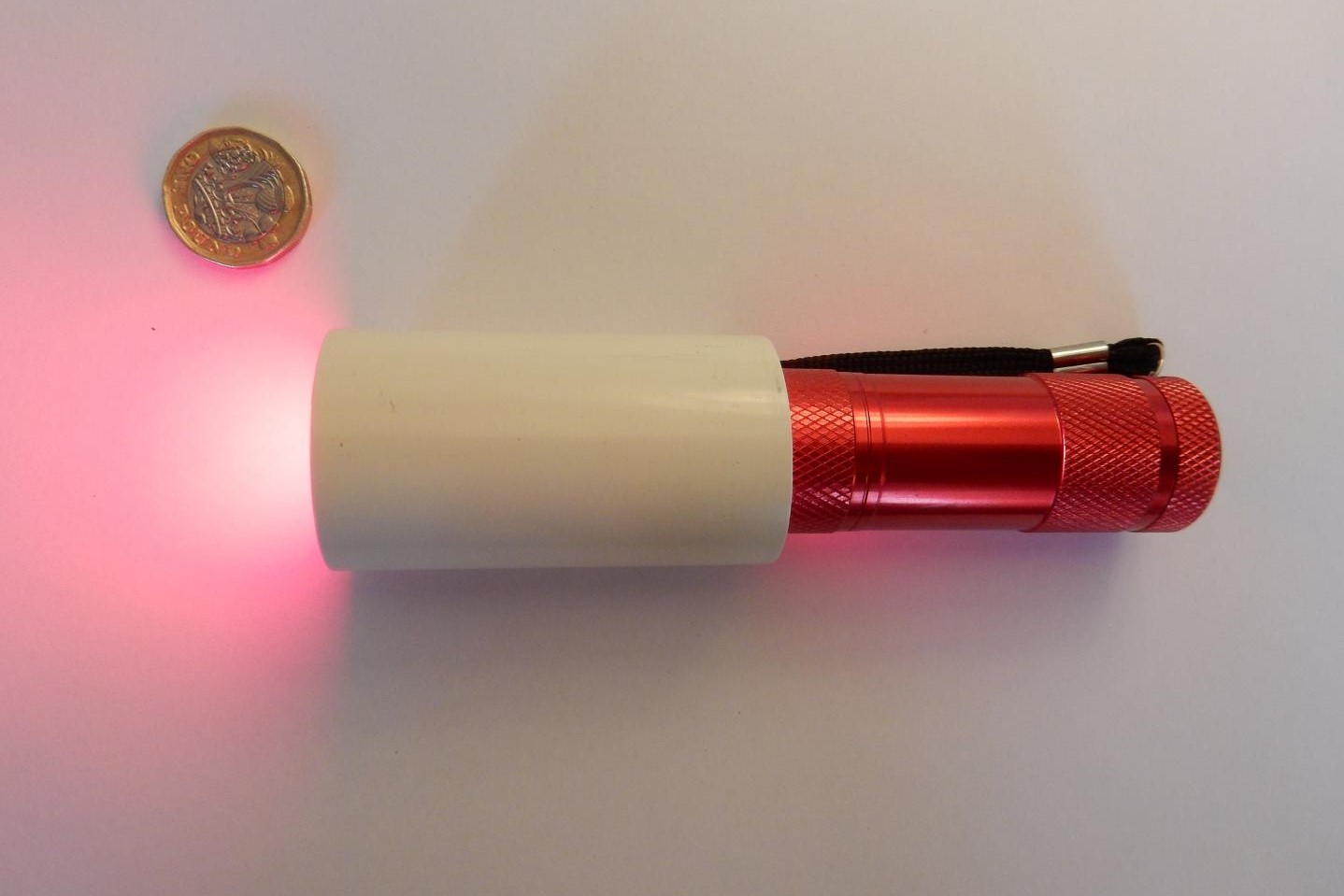Re-charging the retina with red light
A new study has revealed how staring at a deep red light for three minutes a day can significantly improve declining eyesight.
The discovery could signal the dawn of new, affordable home-based eye therapies, helping millions of people globally with naturally declining vision, said the researchers from University College London (UCL).
"It is possible to significantly improve vision that has declined in aged-individuals using simple, brief exposures to light wavelengths that recharge the energy system that has declined in the retina cells, rather like re-charging a battery,” said lead author Professor Glen Jeffery, from UCL’s Institute of Ophthalmology.
Cells in the eye’s retina begin to age in humans from 40-years-old. The pace of this ageing is caused partly by the decline of the cell’s mitochondria, whose role is to produce energy (known as ATP) and boost cell function, explained Prof Jeffery.
“Mitochondrial density is greatest in the retina’s photoreceptor cells, which have high energy demands. As a result, the retina ages faster than other organs, with a 70% ATP reduction over life, causing a significant decline in photoreceptor function as they lack the energy to perform their normal role.”
This latest study builds on UCL’s previous findings in mice, bumblebees and fruit flies, which all demonstrated significant improvements in the retina's photoreceptors when exposed to a deep red light at a wavelength of 670nm.
Establishing rod and cone sensitivity, the eyes of 24 participants aged 28 to 72 with no ocular disease, were tested at the start of the study. All participants were then given a small LED torch to take home and were asked to look into its deep red 670nm light beam for three minutes a day for two weeks. They were then re-tested for rod and cone sensitivity.
The results show the 670nm light had no impact in younger individuals, but in those 40 years and over, significant improvements were obtained. For colour detection, the sensitivity improved by up to 20% with improvements more significant in the blue part of the colour spectrum which is traditionally more vulnerable to ageing. Rod sensitivity, providing better night vision, also improved significantly in those aged 40 and over.
The full study was published in the Journals of Gerontology.


























